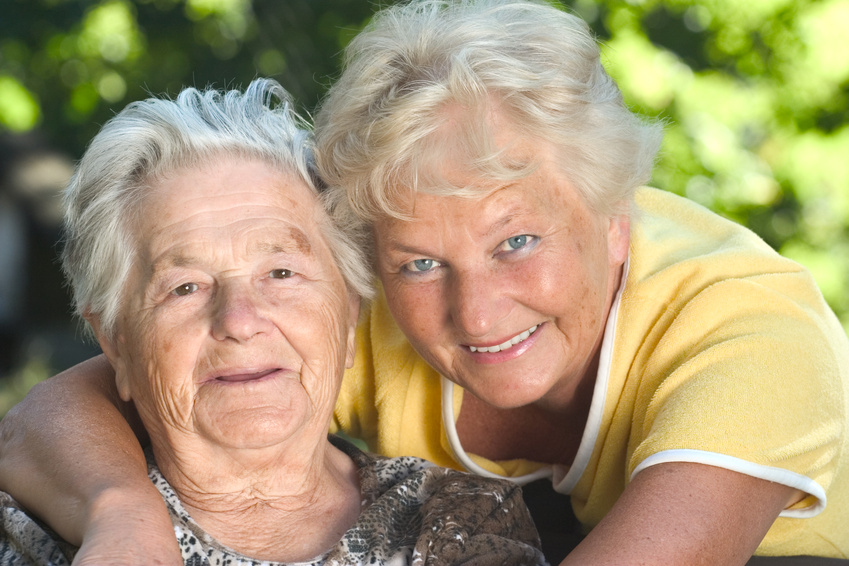
As the golden years unfold, the importance of maintaining an active lifestyle becomes increasingly evident, particularly when it comes to managing and preventing pain in the elderly. This article explores the significant role of tailored exercise programs in promoting mobility, well-being, and, ultimately, alleviating pain for seniors.
Benefits of exercise for seniors:
-
Joint health: Engaging in regular, tailored exercises helps to maintain joint flexibility and mobility. Activities that involve gentle stretching and range-of-motion exercises contribute to the overall health of joints, reducing stiffness and discomfort.
-
Muscle strength: Building and preserving muscle strength is crucial for supporting joints and preventing pain. Strengthening exercises, such as resistance training or bodyweight exercises, can enhance stability and reduce the strain on joints.
-
Improved circulation: Exercise plays a pivotal role in promoting healthy blood circulation. Adequate blood flow is essential for delivering nutrients to tissues, aiding in the repair of damaged cells, and reducing inflammation that can contribute to pain.
-
Weight management: Maintaining a healthy weight is paramount for managing pain, especially in weight-bearing joints. Exercise, when combined with a balanced diet, helps seniors achieve and sustain an optimal weight, reducing the load on joints and decreasing the risk of pain.
Tailored exercise programs:
-
Low-impact aerobics: Activities such as walking, swimming, or cycling provide cardiovascular benefits without putting excessive stress on joints. These low-impact exercises enhance endurance and overall fitness.
-
Flexibility exercises: Stretching exercises, including yoga and tai chi, improve flexibility and joint range of motion. These activities can be adapted to various fitness levels, making them accessible to seniors with different abilities.
-
Strength training: Incorporating resistance exercises using light weights or resistance bands helps build muscle strength. This is particularly beneficial for supporting the spine, knees, and hips.
-
Balance and stability training: Exercises that focus on balance and stability, such as standing on one leg or practicing balance poses, contribute to fall prevention and overall joint stability.
Safety considerations:
-
Consultation with healthcare professionals: Before starting any exercise program, seniors should consult with their healthcare providers, especially if they have pre-existing health conditions. This ensures that the chosen exercises align with individual health needs.
-
Gradual progression: Seniors should start slowly and gradually increase the intensity and duration of their exercise routines. This approach minimises the risk of injury and allows the body to adapt to the new activity.
-
Appropriate warm-up and cool down: Including warm-up and cool-down routines is essential. Gentle stretching before and after exercise helps prepare the muscles and joints, reducing the likelihood of strain or injury.
Embracing a regular and tailored exercise routine is a powerful strategy for seniors aiming to alleviate pain and enhance overall well-being. By incorporating diverse activities that focus on joint health, muscle strength, and cardiovascular fitness, seniors can maintain an active and vibrant lifestyle, free from the constraints of persistent pain.
At Nursing Home Plus, we're dedicated to helping you find the perfect care home or facility tailored to your unique needs. Whether you're looking for a comfortable place for yourself or a loved one, our team is here to guide you every step of the way. Don't hesitate to reach out—call us today at 0230 608 0055 or fill out our online form to get started. Your peace of mind is just a call away!
Do you need a retirement home for yourself or your loved one?
Share this article :
Latest posts
You are looking for an establishment for your loved one ?
Get availability & prices
Fill in this form and receive
all the essential information
We would like to inform you of the existence of the opposition list for telephone canvassing.





.jpg)



